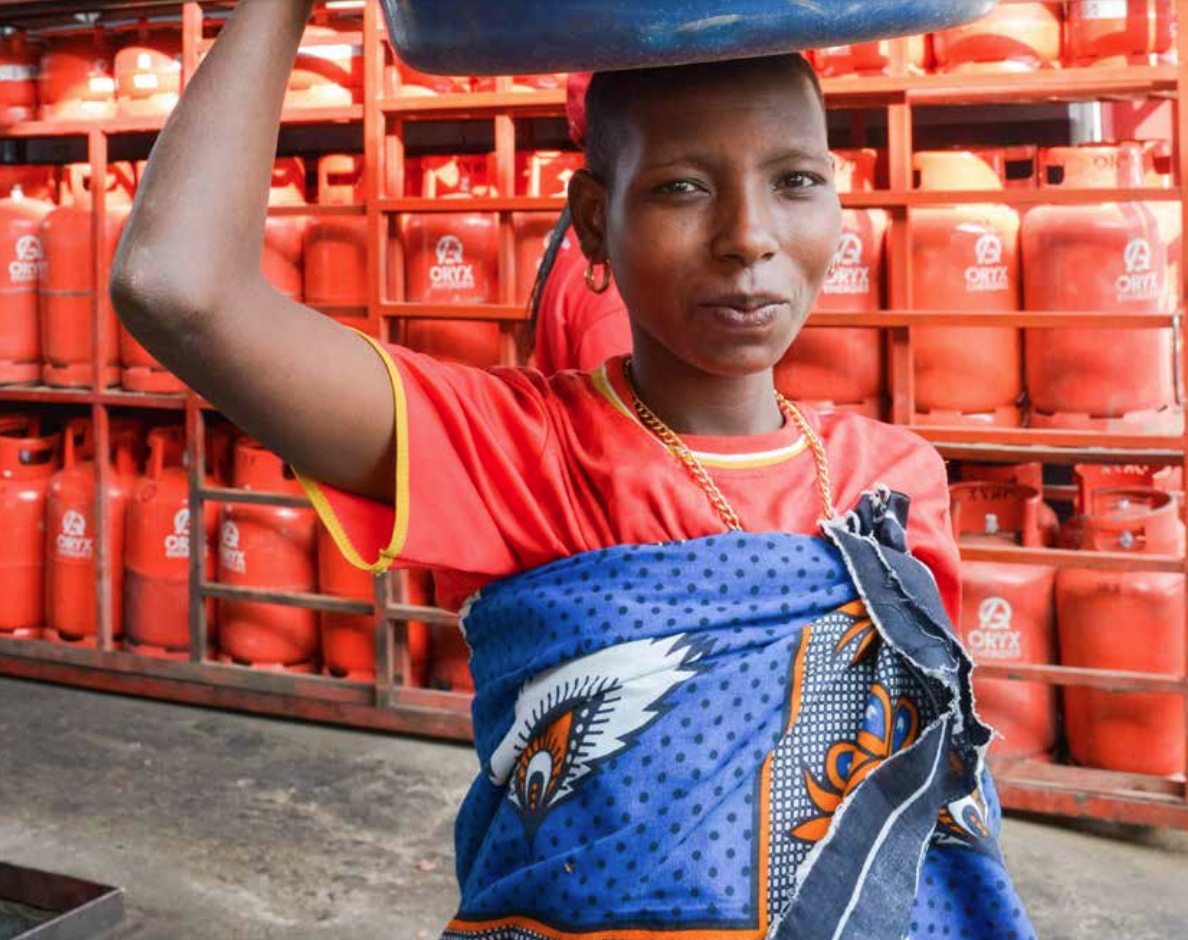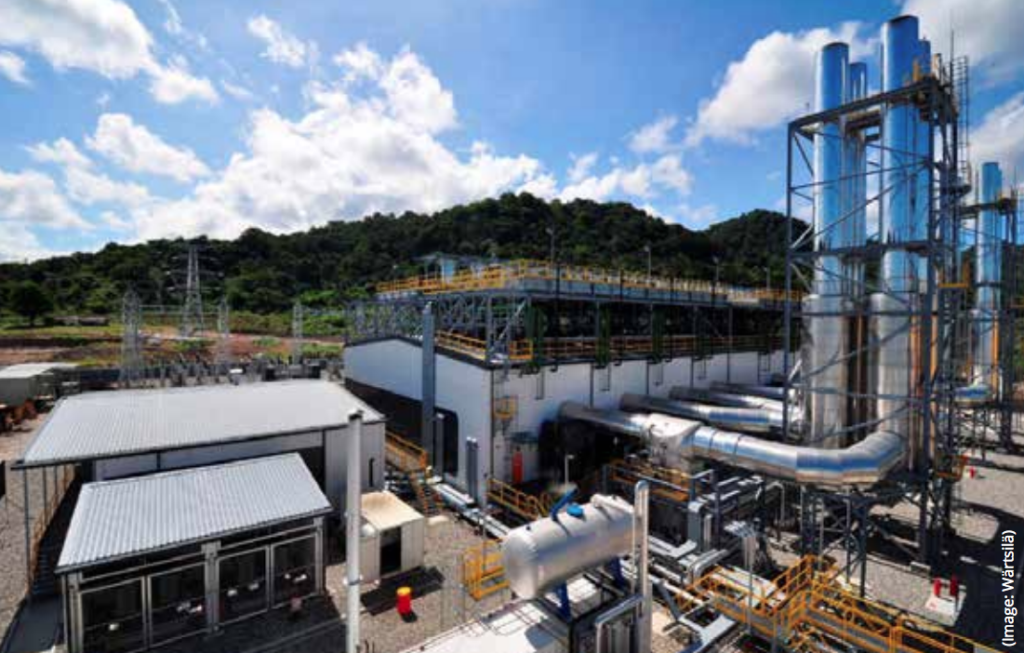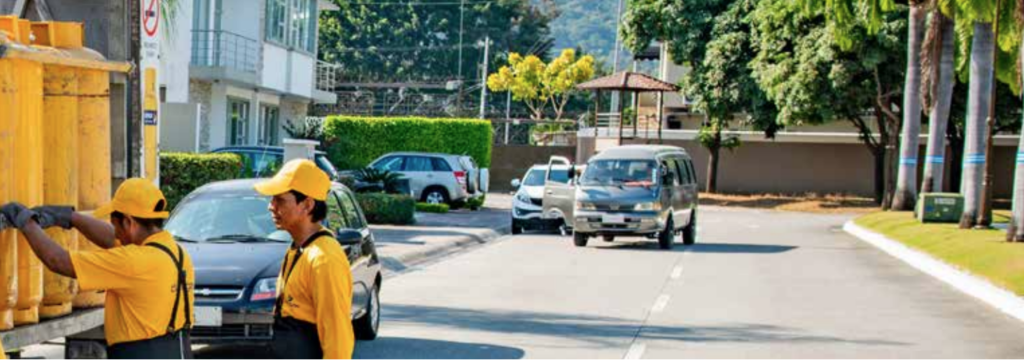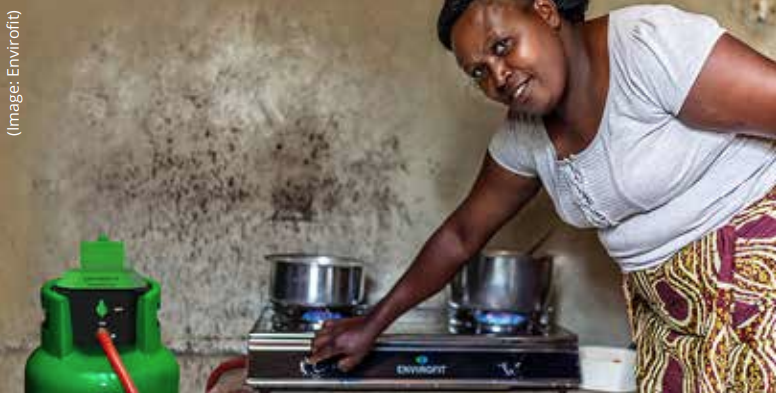Affordable and Clean Energy
Countries such as India, Indonesia, Malaysia, Vietnam, Senegal, Cote d’Ivoire, Brazil, Colombia, and others have achieved national LPG use for cooking by 75% or more of their urban populations, and in some cases, 50% or more of their rural populations. LPG is already the main cooking fuel in many Latin American countries.
Over 2.5 billion people use LPG for some cooking tasks in resource-poor settings and millions more in developed countries9. The International Energy Agency (IEA) highlights LPG as a key fuel for substantially reducing energy-related pollution emissions. In its 2017 report, the IEA projects
that 1.4 billion people in the developing world will transition to LPG as a clean cooking solution if universal energy access is to be achieved by 2030. Countries like India, Indonesia and El Salvador have demonstrated how quickly and sustainably LPG can be scaled up over national territories for clean cooking.
In addition to its use for cooking, LPG is used in rural communities in many countries all around the world for heating purposes, as a lower emissions alternative to the use of heating oil or coal in residential settings. Because LPG is a very portable fuel, it can be transported and used in cylinders across urban, peri-urban and remote rural settings — wherever it can be transported safely.
In addition, LPG is used in the power sector, especially for remote applications and island economies where its flexibility is well suited to meet household energy needs, with little central infrastructure required. LPG is also suited to large-scale power infrastructure, where its use integrates well with renewable energy solutions.
In a 2015 United Nations report, Ghana’s commitments to achieve sustainable development goals included large scale adoption of LPG use for cooking, increasing from 5.5% in 2015 to 50% of peri-urban and rural households by 2030.



